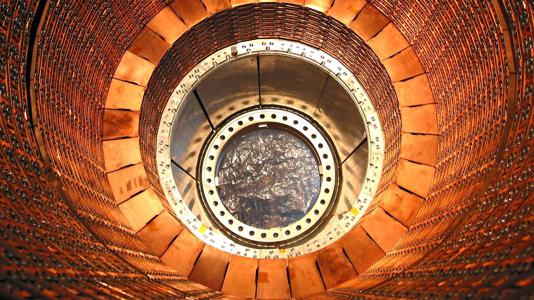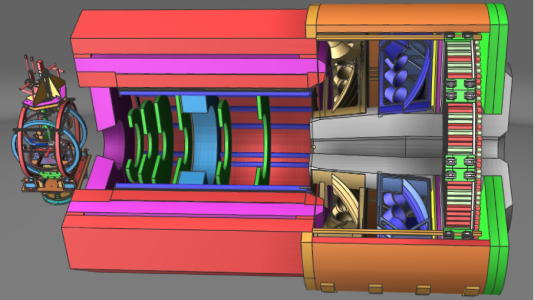
The development of new instrumentation, particularly detector technology, provides a common thread that links together a wide range of high-energy physics projects and programs. In order to better understand our universe, we need ways to build detectors with fast response (usually billionths of a second), precision sensitivity to minute signals, and that are still affordable to fabricate.
To fashion new detectors, Argonne’s High Energy Physics division relies on a long history of collaboration with groups both within and outside the laboratory. Argonne will continue to develop partnerships that transcend divisional boundaries to help us find the materials and techniques that will lead to the next generation of detectors for a wide range of experiments. We have to be ready and able to leverage all the laboratory’s strengths to make the most effective contribution to the field as a whole.
